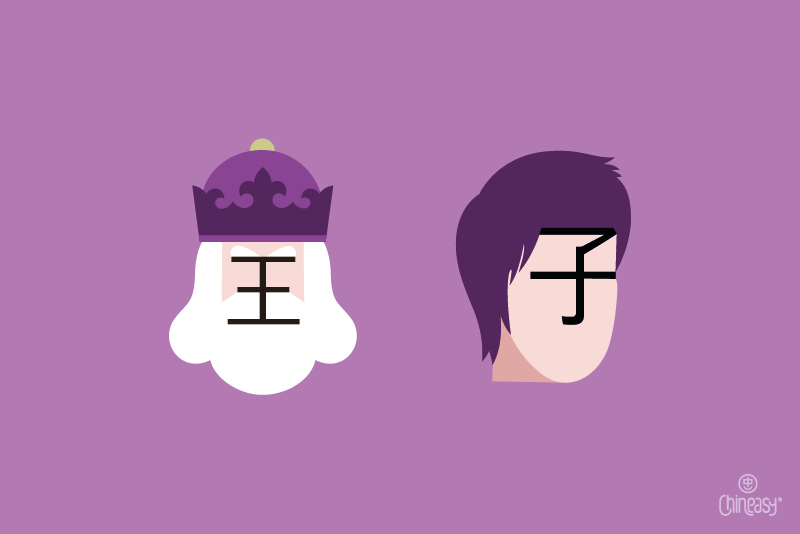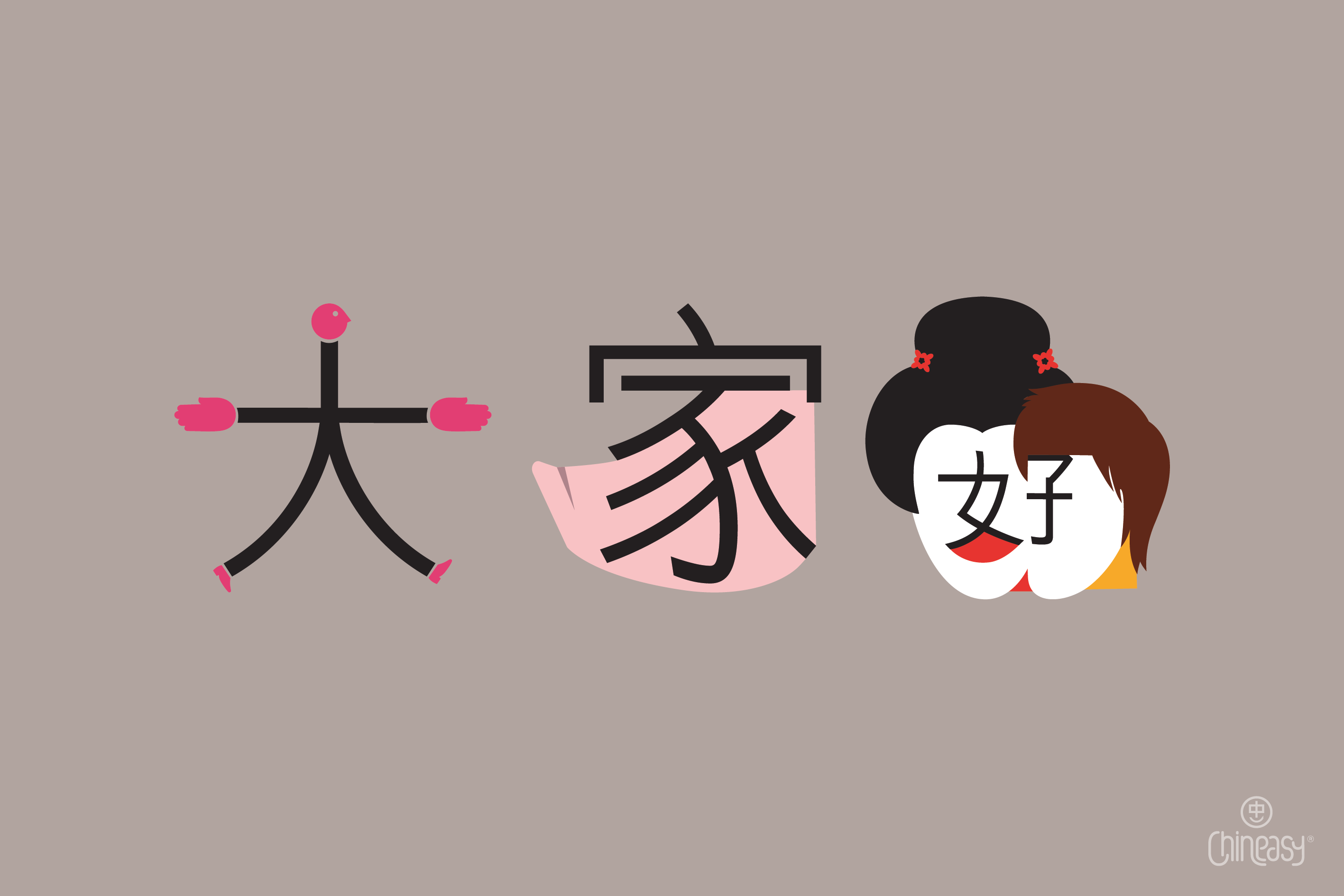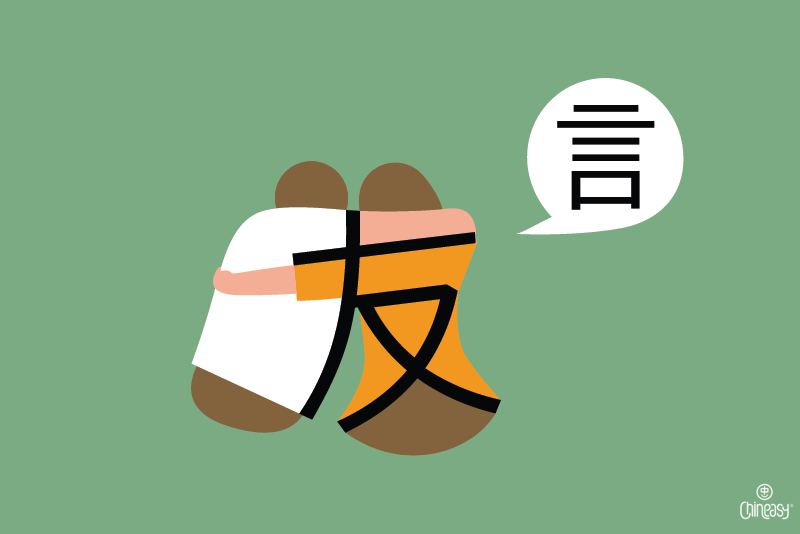Are you learning Chinese and frequently find yourself pondering why it’s 一封信 (yī fēng xìn) for “a letter” instead of 一信 (yī xì; one + letter)?
If so, you’ve landed on the right page. The term 封 (fēng) is a Chinese measure word (量詞/量词; liàng cí). These measure words are fascinating linguistic tools that slot between a numeral and a noun, providing context to quantify the noun.
The majority of Chinese nouns follow the pattern of “numeral + measure word (MW) + noun” when they need to be quantified.
However, there’s a delightful twist: note the term majority. Indeed, for certain nouns, you can omit the measure word while still sounding like a native speaker.
So, how can you get this right? Let’s jump into five simple rules that will help you better understand this part of the Chinese language.
Rule 1: Differentiating standard and classifying measure words
Not all Chinese measure words are created equal! They fall into two categories: standard measure words and classifying measure words.
Standard measure words are akin to units of measurement – they denote quantifiable measurements. Just like in English, we use “kilogram” (kg) for weight, “centimeter” (cm) for length, and words like “bottle,” “glass,” or “tin” for liquid quantities.
Chinese also has equivalent standard measure words. These include 公斤 (gōng jīn; kilogram), 公分 (gōng fēn; centimeter), 瓶 (píng; bottle), and 罐 (guàn; tin) etc.
Contrarily, classifying measure words, also known as classifiers, don’t truly measure in the conventional sense.
They are used for grammatical accuracy when nouns are quantified by numerals or demonstratives.
For instance, 封 in 一封信 (yī fēng xìn; a letter) is a classifying measure word. It might surprise you to know that the majority of Chinese measure words fall under the category of classifiers.
Learning to differentiate between these two types of measure words will save you time and make the application of the following rules much more straightforward.
Rule 2: Standard measure words are indispensable
When using standard measure words in translation, e.g. 3 kilos of rice (三公斤的米; three + kilo + of + rice; sān gōng jīn de mǐ), they must not be skipped. This rule applies to:
- International measurements like 公里 (gōng lǐ) for “kilometer,” 公尺 (gōng chǐ) for “meter,” and 公分 (gōng fēn) for “centimeter.”
- National measurements such as 尺 (chǐ) for “Chinese foot,” 寸 (cùn) for “Chinese inch,” and 英寸 (yīng cùn) for “inch.”
- Packaging measurements like 包 (bāo) for “box of…,” 瓶 (píng) for “bottle of….”
- Grouping measurements such as 一些 (yī xiē) for “some,” 一點/一点 (yī diǎn) for “a few/little,” for both countable and uncountable nouns.
- Indications of pairs, using 雙/双 (shuāng) or 對/对 (duì) for “pair of….”
Remember, standard measure words usually fit snugly between the numeral and the noun. Yet, there’s an important exception: when the context is clear, you can omit the noun and say something like 一公里 (yī gōng lǐ; one kilometer) or 三瓶 (sān píng; three bottles).
Rule 3: Day and year are classifying measure words
In Chinese grammar, units of time such as 天 (tiān; day) and 年 (nián; year) function as classifying measure words, not as nouns like they often do in other languages.
So, when these words are quantified, a noun isn’t required! For instance, “three days” in Chinese is simply 三天 (tiān) and “five years” is 五年 (wǔ nián).
Notice that the classic pattern “numeral + measure word (MW) + noun” doesn’t apply here? It would actually be grammatically incorrect to say 三個天/三个天 or 五個年/五个年 using 個/个 (ge), the general measure word.
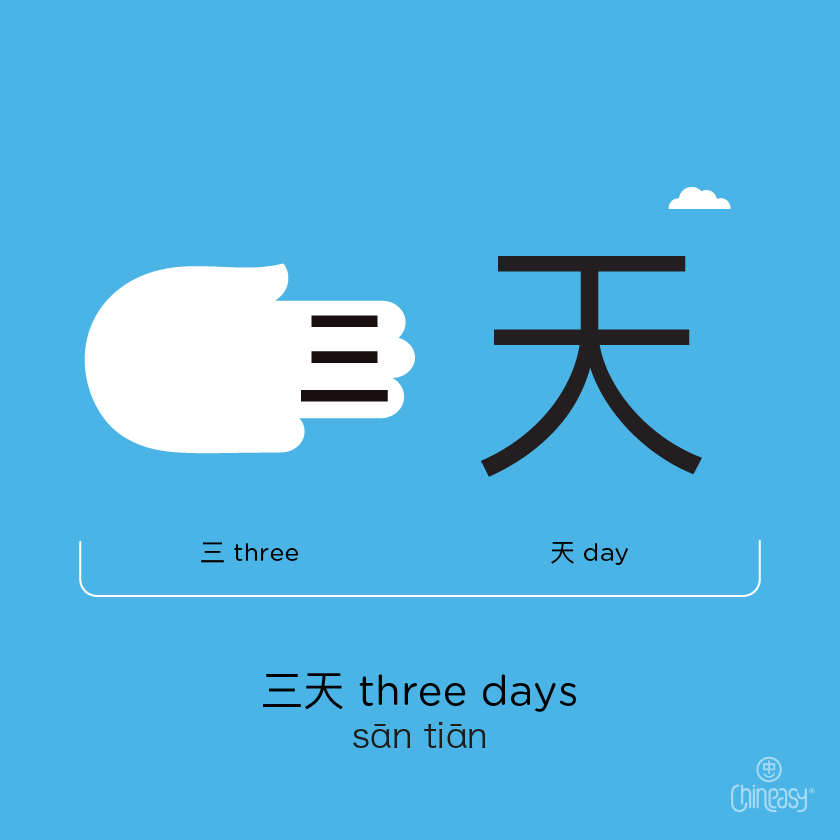
Other time-related words that share this feature are 分鐘/分钟 (fēn zhōng; minute), 秒 (miǎo; second), and 晚 (wǎn; night).
Rule 4: Monetary units function as classifiers
Just like the units of time in Rule 3, units of money such as dollar, cent, and pence also function as classifying measure words in Chinese.
Examples include 塊/块 (kuài) for “dollar” and 分 (fēn) for “cent.” They act as classifiers for money and do not require a noun to accompany them. For instance, “three dollars” translates to 三塊/三块 (sān kuài) and “eight cents” to 八分 (bā fēn).
However, if you want to clarify that you’re referring to money and not something else, you can add 錢/钱 (qián; the noun for money) at the end. For example, 三塊錢/三块钱 (sān kuài qián) unambiguously translates to “three dollars.”
So, according to Rules 3 and 4, when dealing with these specific classifiers, it’s important to note that what’s being omitted is the noun, not the measure word itself!
Rule 5: Navigating the tricky word 月
月 (yuè), the Chinese word for “month,” can be a bit of a language minefield!
It can act as both a classifying measure word and a noun! For instance, 八月 (bā yuè; eight + month) doesn’t translate to “eight months” but to the month “August.”
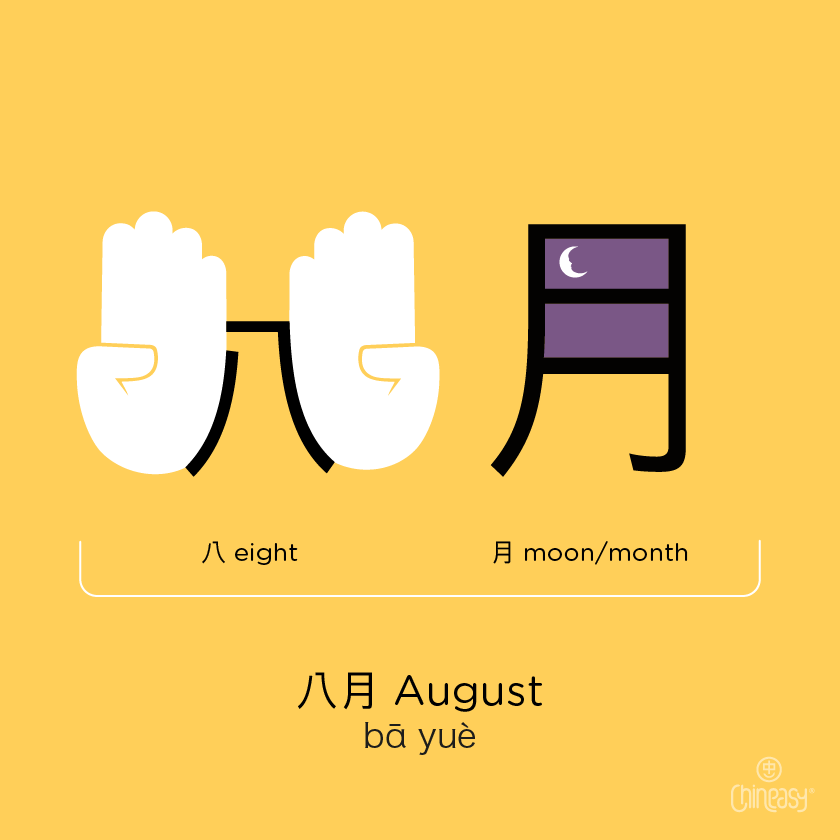
To express “eight months,” you would use the classic pattern “numeral + measure word (MW) + noun”: 八個月/八个月 (bā ge yuè; eight + the general measure word 個/个 + month).
Keep in mind 八月 and 八個月/八个月 carry different meanings because 月 has dual grammatical functions in Chinese.
Now you may ask, are there Chinese words that offer flexibility – that you can use with or without measure words without changing the meaning? Indeed, there are! For instance:
- 人 (rén; person): Both 一人 (yī rén) and 一個人/一个人 (yī ge rén) mean “one person.”
- 星期 (xīng qí; week): 三星期 (sān xīng qí) and 三個星期/三个星期 (sān ge xīng qí) both translate to “three weeks.”
- 小時/小时 (xiǎo shí; hour): 五小時/五小时 (wǔ xiǎo shí) and 五個小時/五个小时 (wǔ ge xiǎo shí) both denote “five hours.”
Now, you have the five essential rules for understanding when to omit nouns in Chinese!
It’s crucial to remember that it’s not the measure word being skipped but the noun itself. This is because some Chinese words can act both as classifiers and nouns. Once you get your head around this idea, you’re well on your way to mastering the use of Chinese measure words!
